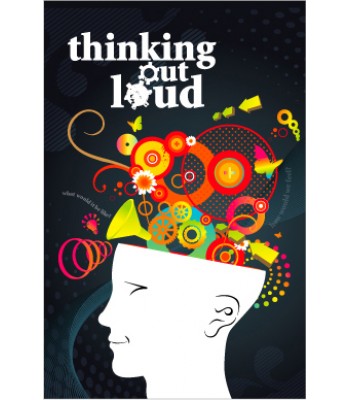f your high schooler is planning on taking the ACT Exam, help them prep by sharing these quick tips with them.
Be prepared for what’s on the ACT. The ACT or American College Testing Exam is made up of five tests: English (45 minutes), Reading (35 minutes), Math (60 minutes), Science (35 minutes), and Writing (optional, 30 minutes). There is also a short break period during the test. All of the tests have multiple-cho ice questions, except Writing. Before registering to take the test, find out if the colleges you plan on applying to require applicants to take the Writing portion of the ACT.
ice questions, except Writing. Before registering to take the test, find out if the colleges you plan on applying to require applicants to take the Writing portion of the ACT.
Prepare early. Research the colleges you want to apply to and find out if the ACT is required for admittance. Once you find out that you will need to take the ACT, begin to study. The sooner you begin to practice, the more comfortable you will become with the exam. It will be very difficult to cram in the information in the last few days before taking the test. Instead, devote specific ACT study time each day.
Use practice tests to become comfortable with the ACT. The ACT test lasts for 2 hours and 55 minutes, or 3 hours and 30 minutes if you are taking the optional Writing Test. Many high schoolers have never sat for a test this long, so taking practice tests will help to build up your mental endurance. Practice tests will also help you to become familiar with the types of questions that are asked on the ACT so you know what to expect on test day. You can also use a practice test to focus your study time. For instance, if you are getting many of the science, questions incorrect, you may want to brush up in this area.
Set up a study area. Go somewhere quiet to simulate the ACT test environment when you are taking a practice test or studying. Libraries often have a quiet study area or room that you can use. Turn on a timer for each section so you can learn how to pace yourself through the questions. Go through an entire test in one sitting so you won’t be surprised on test day.
Read, write, and review. The content on the Reading portion of the ACT covers a variety of genres and topics including short stories, magazine articles, natural sciences, social studies, and humanities. By exposing yourself to texts that cover these topics before the exam, you may find the content easier to read and understand. Brush up on your writing skills for the English portion of the exam, which will test your knowledge of usage and mechanics. A review of science and math topics, including reading graphs, interpreting results, geometry, algebra, and trigonometry will help you with the Science and Math portions of the ACT.
Familiarize yourself with the directions. It is important to read all the directions carefully on the ACT so that you don’t make a mistake when taking the exam.
Take an ACT Prep Class. If you find that after taking several practice tests, you are struggling, don’t be afraid to ask for help. An ACT Prep Class will help to review the content covered on the exam and allow you to work with an experienced tutor. It will also give you the chance to ask questions you have about specific exam content, test registration, and scoring. KnowledgePoints ACT Prep offers customized programs for each student.
Answer all the questions to the best of your ability. Since your score on the ACT is based on the number of multiple-choice questions you answer correctly, answer all of the questions. You won’t lose points for guessing or answering a question incorrectly. If you are stuck on a question, eliminate as many choices as you can and take an educated guess. You can also skip a question and return to it later.
Prepare the night before and the morning of the test. Organize the materials you will need for test day, including, an ID card, admission ticket, two sharpened number 2 pencils with good erasers, and a calculator. Get ready for test day by getting a good night’s sleep, setting your alarm clock, and making sure you have transportation to the ACT exam site. On the day of the test, make sure to eat a good breakfast and arrive early at the test center. Wear a watch to keep the time and help pace yourself through each section of the exam.
Take the ACT several times if needed. If you take the ACT and are not satisfied with your score, you can retake the exam and choose the scores you want to submit to colleges that you apply to.
Good luck and try your best!
 Tuesday, October 5, 2010 at 11:38AM
Tuesday, October 5, 2010 at 11:38AM  Art Meisler
Art Meisler  case.
case. 





